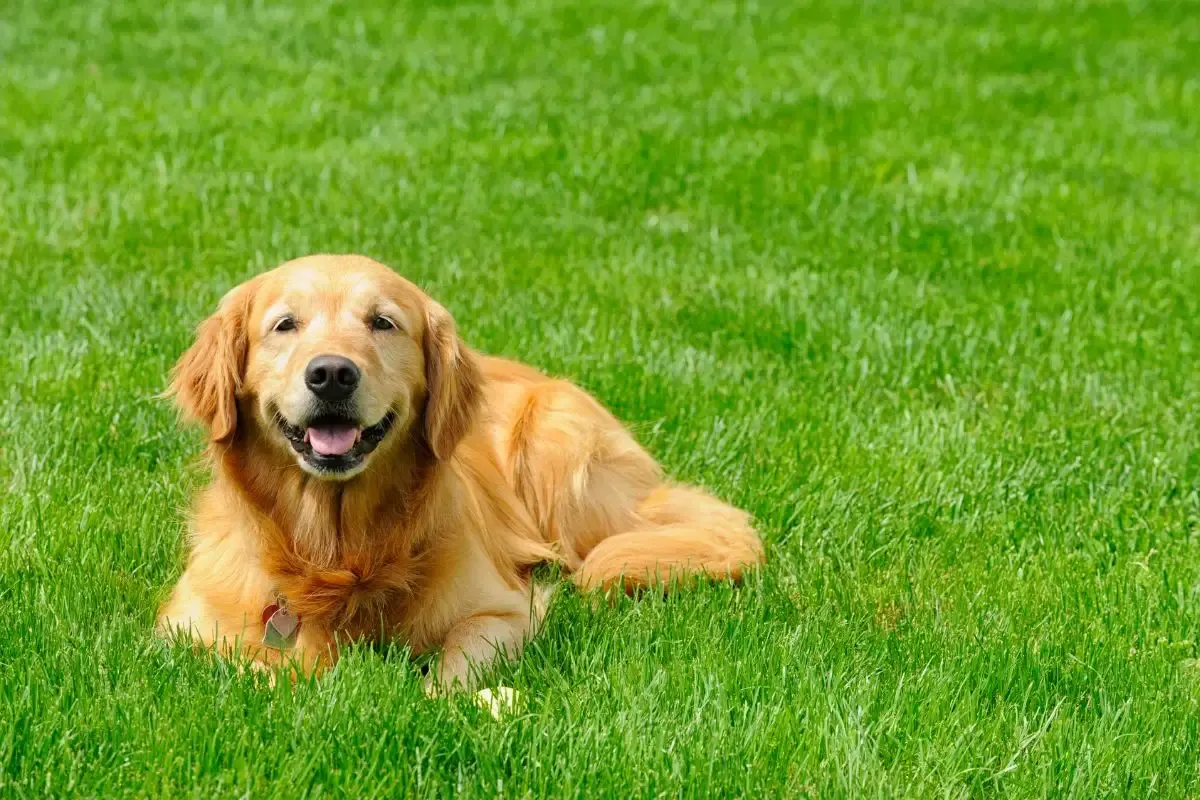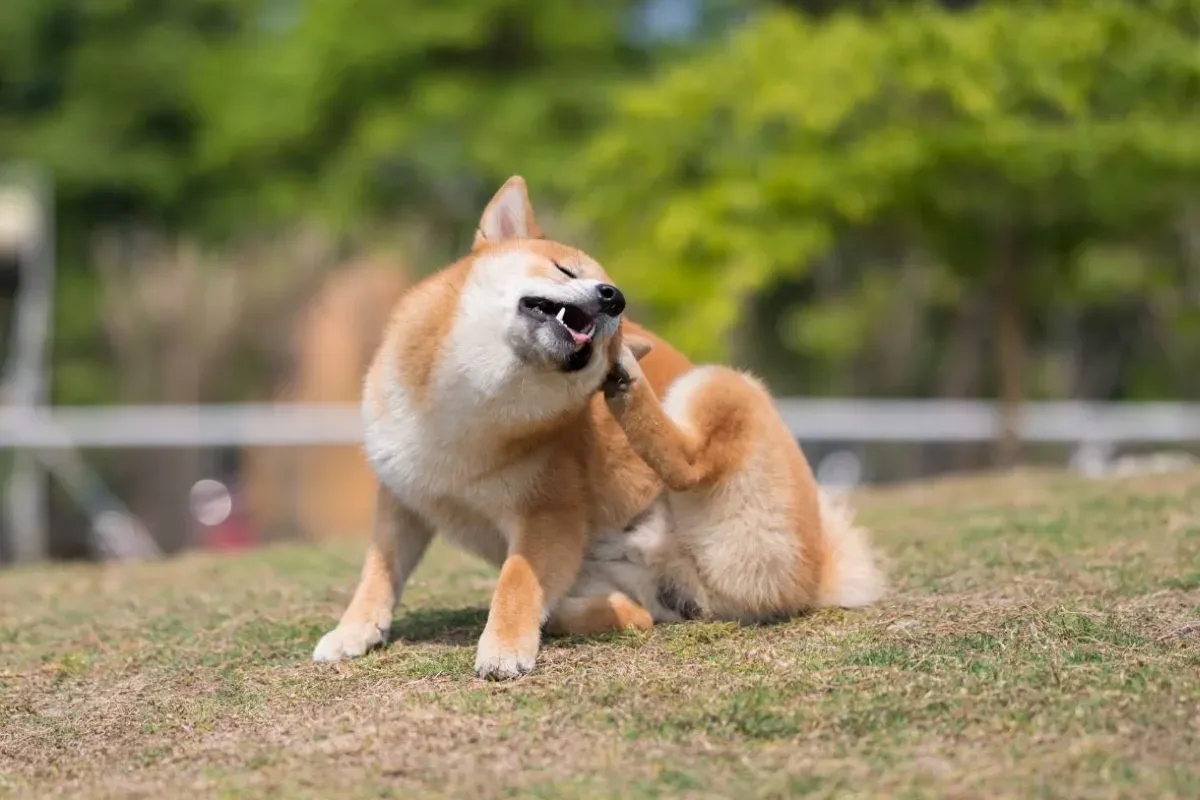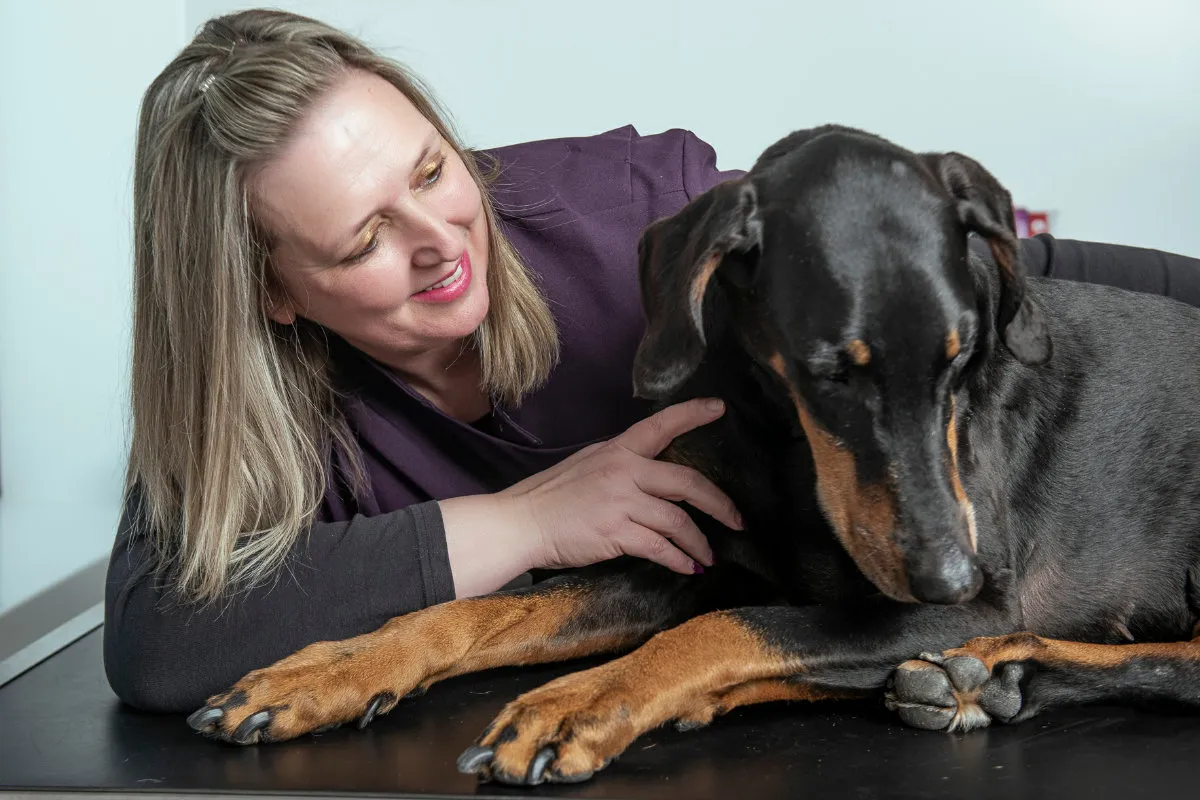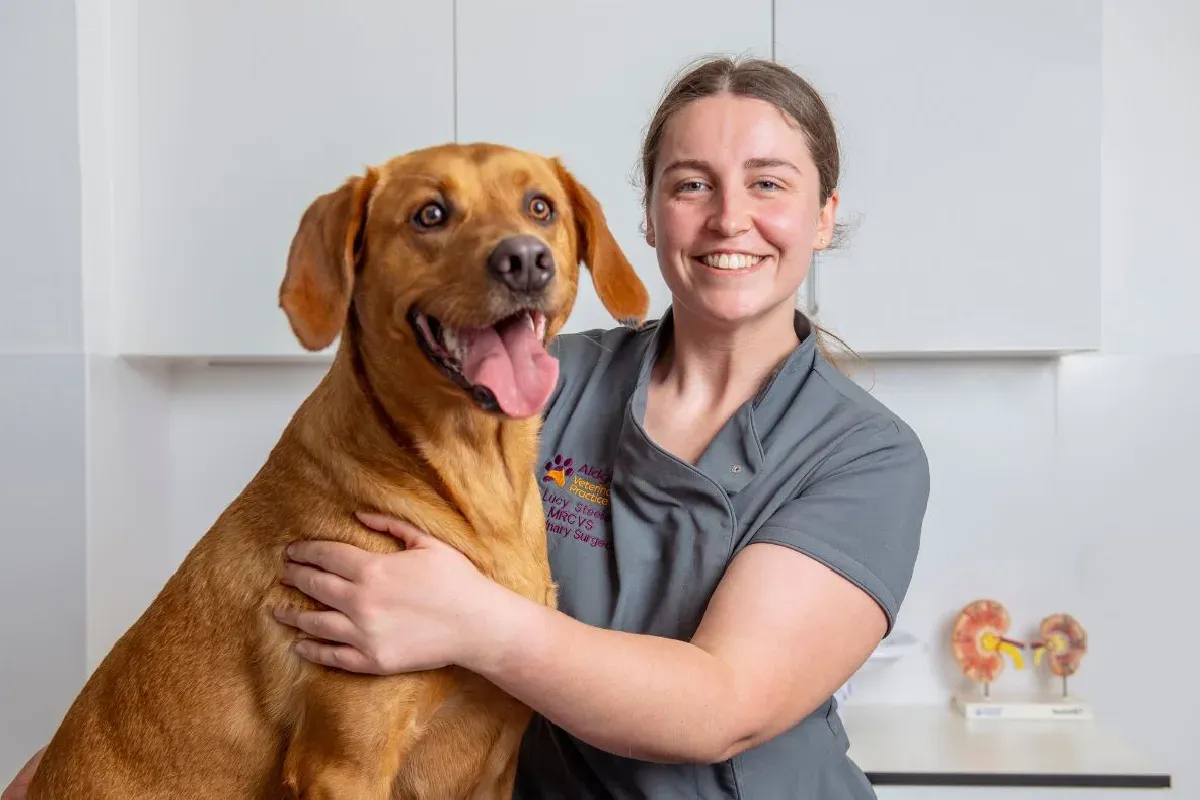Dog owners know the outdoors can hide unexpected hazards, from mysterious puddles to discarded animal remains. Yet, one of the sneakiest threats often lurks right in your backyard or local park: grass seeds in dogs. These tiny menaces can cause serious pain and health issues for your furry friend, especially as summer approaches and grassy areas proliferate. In this guide, we’ll break down why grass seeds pose such a risk to dogs, how to spot the signs early, treatment options, and practical prevention strategies to keep your pet safe.
What Are Grass Seeds?
Grass seeds refer to the seed heads from common grasses in lawns, parks, meadows, and woodlands, peaking in summer. They’re not just the ones you buy for patching your yard—these are the natural awns that dogs brush against during walks. With their sharp, barbed tips, grass seeds easily snag in a dog’s fur, paws, ears, eyes, or nose.
These barbs act like fishhooks, allowing seeds to burrow into skin or migrate inward. What starts as a minor irritation can quickly escalate to infection or worse if ignored. Veterinary experts, like those at the Aldgate Vet Clinic, emphasize regular checks during peak season to catch them early.
 Vet pulling out grass seed from dog's fur
Vet pulling out grass seed from dog's fur
Are Grass Seeds Dangerous for Dogs?
Absolutely—grass seeds in dogs are far from harmless. Their barbed structure lets them penetrate fur, skin, and mucous membranes effortlessly. Once embedded, they can travel through tissues, leading to abscesses, infections, chronic inflammation, or even lung damage in severe cases.
All dogs face risks, but long-coated breeds like Golden Retrievers, Spaniels, and Terriers are prime targets due to their dense fur trapping seeds. Active outdoor dogs in grassy fields amplify the danger. According to pet health authorities, untreated grass seed issues account for many emergency vet visits in warmer months, underscoring the need for vigilance.
For related hazards on what dogs shouldn’t ingest outdoors, check this what not to feed your dog chart.
How Grass Seeds Enter a Dog’s Body
Grass seeds infiltrate in multiple ways, exploiting a dog’s curiosity and anatomy:
- Skin and paws: Between toes or armpits, where fur is dense.
- Ears: Floppy-eared breeds like Cocker Spaniels are especially prone.
- Nose: Sniffing embeds them during ground exploration.
- Eyes: Lodging under lids causes rapid irritation.
- Mouth and digestive tract: Swallowing leads to throat, stomach, or intestinal problems.
Early detection prevents migration, as these seeds can track inward like tiny arrows. Vets note that paws and ears top the list for entry points based on clinical cases.
 Happy dog lying on grass with tongue out
Happy dog lying on grass with tongue out
Symptoms of Grass Seeds in Dogs
Symptoms vary by location but share urgency—grass seeds in dogs demand prompt attention to avoid escalation. Watch for these signs:
- Paws or skin: Licking/chewing, limping, swelling, redness, discharge, or abscesses (pus-filled lumps).
- Ears: Head shaking, scratching, pain on touch, odor, or infection signs.
- Eyes: Redness, tearing, squinting, pawing at face—risking corneal damage.
- Nose: Sneezing, discharge, bleeds, or pawing; may progress to respiratory distress.
If swallowed, vomiting, coughing, or lethargy signals internal trouble. Real-world experience from dog owners highlights how subtle paw limps often reveal hidden seeds after grassy playtime.
 Dog scratching its ear
Dog scratching its ear
Treatment for Grass Seeds in Dogs
Vets tailor treatment to location and depth. Simple cases involve tweezers for removal plus antibiotics. Deeper embeds or abscesses require sedation, endoscopy, or surgery—especially inhaled seeds causing pneumonia.
Our clinic’s expertise ensures safe extraction, minimizing pain and recovery time. Prompt visits prevent costly complications, aligning with guidelines from bodies like the American Veterinary Medical Association (AVMA).
Never delay; early intervention is key.
Can You Remove Grass Seeds at Home?
Only for superficial fur snags—use tweezers gently. Avoid probing paws, ears, eyes, or skin punctures, as this pushes seeds deeper, worsening infections.
Professional care guarantees safety, backed by veterinary training.
 Vet examining the side of a dog
Vet examining the side of a dog
Can Dogs Sneeze Out Grass Seeds?
Rarely. Loose nasal seeds might expel via sneezing, but most embed or migrate to lungs, causing persistent issues. Post-walk sneezing warrants a vet check.
Costs of Grass Seed Removal
Expect £40-£100 for basics; £200-£800+ for sedation/surgery. Early action saves money and stress.
Swallowed seeds tie into broader ingestion risks—see what foods are safe for puppies to eat.
Case Study: Successful Grass Seed Removal
In one case, Bramble coughed after field romps. X-rays revealed a seed in her lung. Vet Sarah, assisted by nurse Rowan, performed bronchoscopy for safe removal—Bramble recovered fully, highlighting expert intervention’s value.
How to Prevent Grass Seeds in Dogs
Minimize risks with these vet-recommended steps:
- Groom coats short in summer, focusing on paws/ears.
- Avoid tall-grass areas; stick to mowed paths.
- Post-walk inspections: Comb fur, check crevices.
- Rinse paws after outings.
For veggie snacks that are safe, explore what fresh vegetables are good for dogs.
 Happy vet holding a golden retriever dog
Happy vet holding a golden retriever dog
Grass seeds in dogs may be small, but their impact is mighty. By recognizing symptoms like paw swelling or head shaking, seeking swift vet care, and adopting prevention habits, you safeguard your pet’s health. Consult professionals for tailored advice, and explore more on safe foods via what fresh food can i feed my dog.
References:
- Aldgate Veterinary Clinic case studies (2024).
- AVMA Pet Health Guidelines on Foreign Bodies in Dogs.
- BSAVA Manual of Canine and Feline Emergency and Critical Care.
